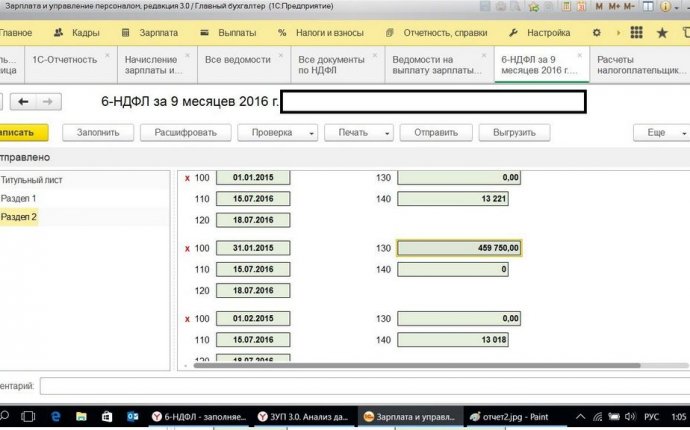
Small Business In Restaurants
A COMPARATIVE ANALYSIS OF THE DEVELOPMENT OF SMALL AND MEDIUM ENTREPRENEURSHIP IN RUSSIA AND ABROAD
Lariciva E., Scolar E.N. BGTU
The article describes the direction and forms of support for small and medium-sized enterprises in developed countries and analyses the development of small and medium-sized enterprises in Russia.
The article provides a description of the direction and forms of support of small and medium enterprises in developed countries, the analysis of the development of small and medium-sized businesses in Russia.
Key words: Entrepreneurship, Small and Medium Business (SB), State support for entrepreneurship, analysis of small and medium-sized enterprise development in Russia and abroad.
Key words: entrepreneurship, small and medium business (SMB), state support of entrepreneurship, analysis of the development of small and medium enterprises in Russia and abroad.
In economically developed countries, small and medium-sized enterprises (SBs) are developing faster than in Russia. This is due to a longer period of market formation, as well as the importance and support of such enterprises by the authorities, special support programmes and a wide range of benefits (table 1).
Comparison of enterprise development in Russia and abroad (table 2). However, the definition of SMEs in Russia does not correspond to the definitions of SMEs in Europe and the United States. The most close to Russia is the definition of the SME segment adopted in the European Union. In addition, the number of micro and small enterprises is increasing in Russia and the number of medium-sized enterprises in Europe. It should also be noted that in Russia the share of medium-sized enterprises is significantly lower than in the EU and the United States.
As of 1 January 2013, according to the Russian Federation ' s Russian Federation, 6,037,000 small and medium-sized enterprises (hereinafter referred to as SMEs) were registered in the Russian Federation, employing 17,844 and 8,000 persons (excluding external associates) (Figure 1).









